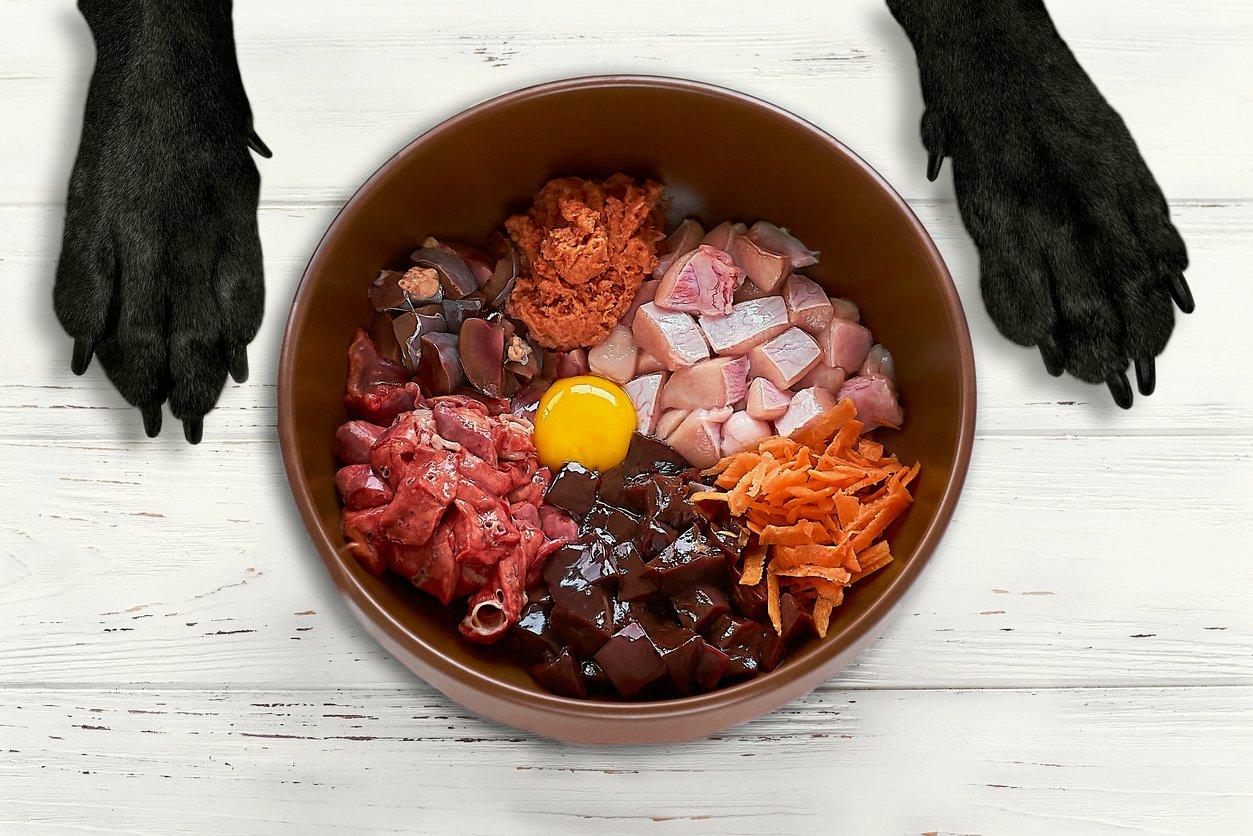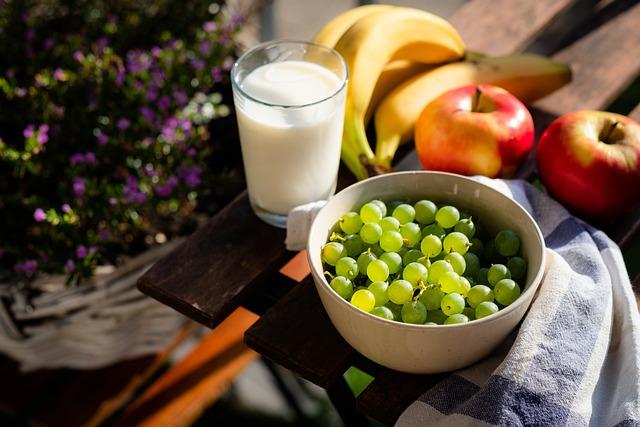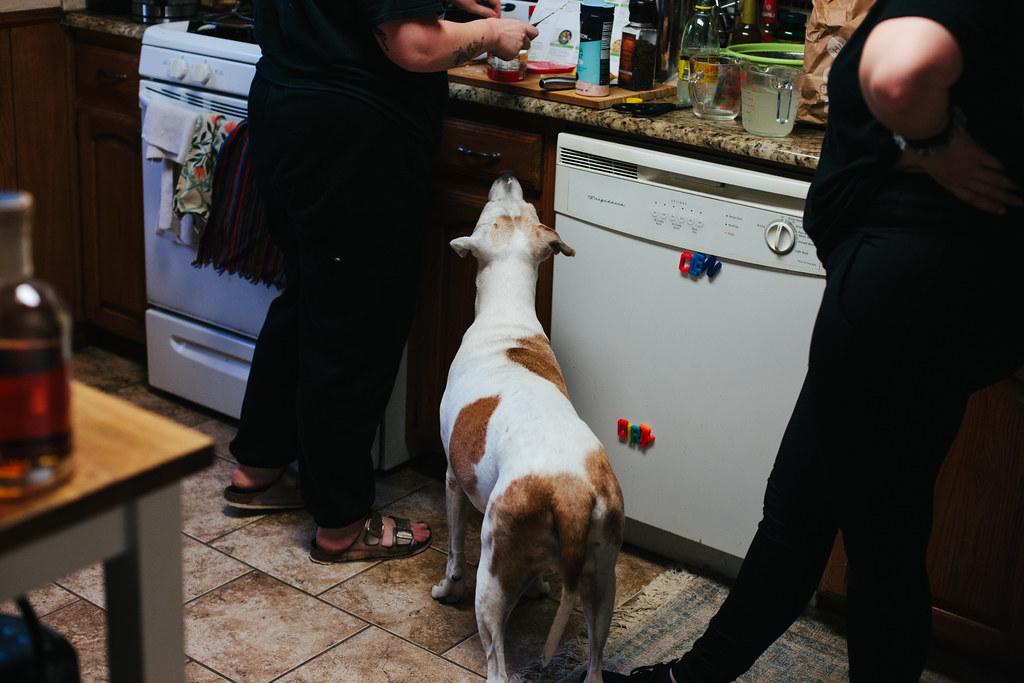Introducing raw food into your dog’s diet can be a rewarding journey towards enhanced health and vitality for your furry friend. While the idea might initially seem daunting, with the right knowledge and approach, it can be a smooth transition that both you and your dog will appreciate. This guide aims to walk you through the essential steps and considerations for making the switch to a raw food diet, ensuring it is done safely and effectively. From understanding the benefits to selecting the right ingredients and managing portion sizes, we’ll explore everything you need to know. So, grab a cup of tea, settle in, and let’s embark on this path to nourishing your pet in the most natural way possible.
Understanding the Benefits of a Raw Food Diet for Dogs
Exploring the shift to a raw food diet for your canine companion can be a rewarding journey. The benefits of feeding your dog a diet that closely mimics what their ancestors ate are numerous. Enhanced digestion is often observed, as raw foods are less processed and easier for dogs to break down. This can lead to better nutrient absorption and improved stool quality. Additionally, many pet owners notice a shinier coat and healthier skin, as raw diets are rich in essential fatty acids.
- Increased energy levels: A raw diet can provide your dog with more natural energy sources, leading to increased vitality.
- Better dental health: Chewing raw meaty bones can help reduce plaque and tartar buildup, promoting healthier teeth and gums.
- Improved weight management: By feeding a diet that is higher in protein and lower in carbohydrates, you may find it easier to maintain your dog’s ideal weight.
Remember, when transitioning to a raw food diet, it is crucial to do so gradually. Introduce new foods slowly and monitor your dog’s reaction, ensuring they are adapting well to the change. Always consult with a veterinarian to tailor the diet to your pet’s specific needs and ensure a balanced intake of nutrients.
Choosing the Right Raw Ingredients for Your Furry Friend
When diving into the world of raw feeding for your beloved pet, it’s essential to select ingredients that are both nutritious and safe. Start by considering protein sources that are high-quality and easily digestible. Options such as chicken, turkey, beef, and lamb are popular choices. Organ meats like liver and kidney can provide a rich source of vitamins and minerals, but should be used sparingly due to their high nutrient density.
In addition to proteins, incorporate a variety of fruits and vegetables to ensure a balanced diet. Ingredients like carrots, blueberries, and spinach are excellent additions, providing essential vitamins and antioxidants. Here are some tips to keep in mind:
- Choose organic whenever possible to avoid pesticides and additives.
- Avoid toxic foods such as grapes, onions, and chocolate.
- Consult with a vet to tailor the diet to your dog’s specific needs.
By carefully selecting raw ingredients, you can create a wholesome and delicious diet that supports your furry friend’s health and happiness.

Gradually Transitioning Your Dog to a Raw Food Diet
Making the switch to a raw food diet for your dog can be a rewarding journey for both you and your furry friend. To ensure a smooth transition, it’s crucial to proceed gradually and thoughtfully. Begin by introducing raw food as a small portion of their current diet. Start with 10% raw food and 90% regular food for the first few days. Monitor your dog’s reaction closely, paying attention to their digestion and energy levels.
As your dog becomes accustomed to the new diet, you can increase the proportion of raw food by 10% each week. During this process, keep an eye out for any signs of discomfort or allergies. Here are some tips to make the transition easier:
- Variety is key: Introduce different proteins like chicken, beef, and lamb gradually.
- Balance is essential: Ensure a mix of muscle meat, organs, and bones.
- Hydration matters: Provide plenty of fresh water to support digestion.
- Patience pays off: Every dog is unique, so tailor the pace of transition to suit their needs.
Remember, this change is not just a dietary shift but a lifestyle enhancement for your beloved pet. With patience and care, your dog will soon thrive on a nutritious raw food diet.

Monitoring Your Dog’s Health and Adjusting the Diet
As you transition your furry friend to a raw food diet, it’s crucial to keep a close eye on their health and make dietary adjustments as needed. Regular monitoring can help you ensure that your dog is receiving the right balance of nutrients and that the diet is suiting them well. Here are a few things to watch for:
- Energy Levels: Notice any changes in your dog’s energy. A boost in vitality can indicate a positive response to the new diet.
- Coat and Skin Condition: A shinier coat and healthier skin often signal that your dog is benefiting from the raw food nutrients.
- Digestive Health: Keep an eye on their stool. It should be firm and less odorous; any drastic changes could mean adjustments are needed.
- Weight Management: Monitor their weight to ensure they are maintaining a healthy body condition. Adjust portion sizes if necessary.
If you notice any adverse reactions, consider consulting with a veterinarian who is knowledgeable about raw feeding. They can help fine-tune the diet to better suit your dog’s unique needs. Remember, each dog is different, and what works for one may not work for another. By being attentive and responsive, you can ensure your canine companion thrives on their new diet.

